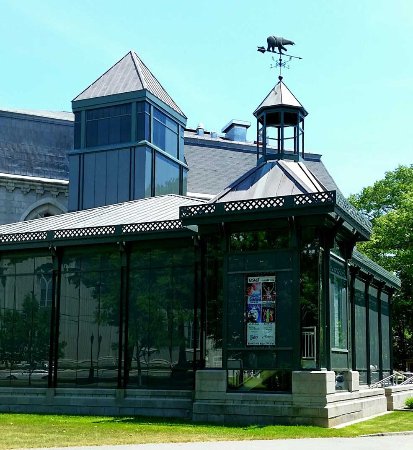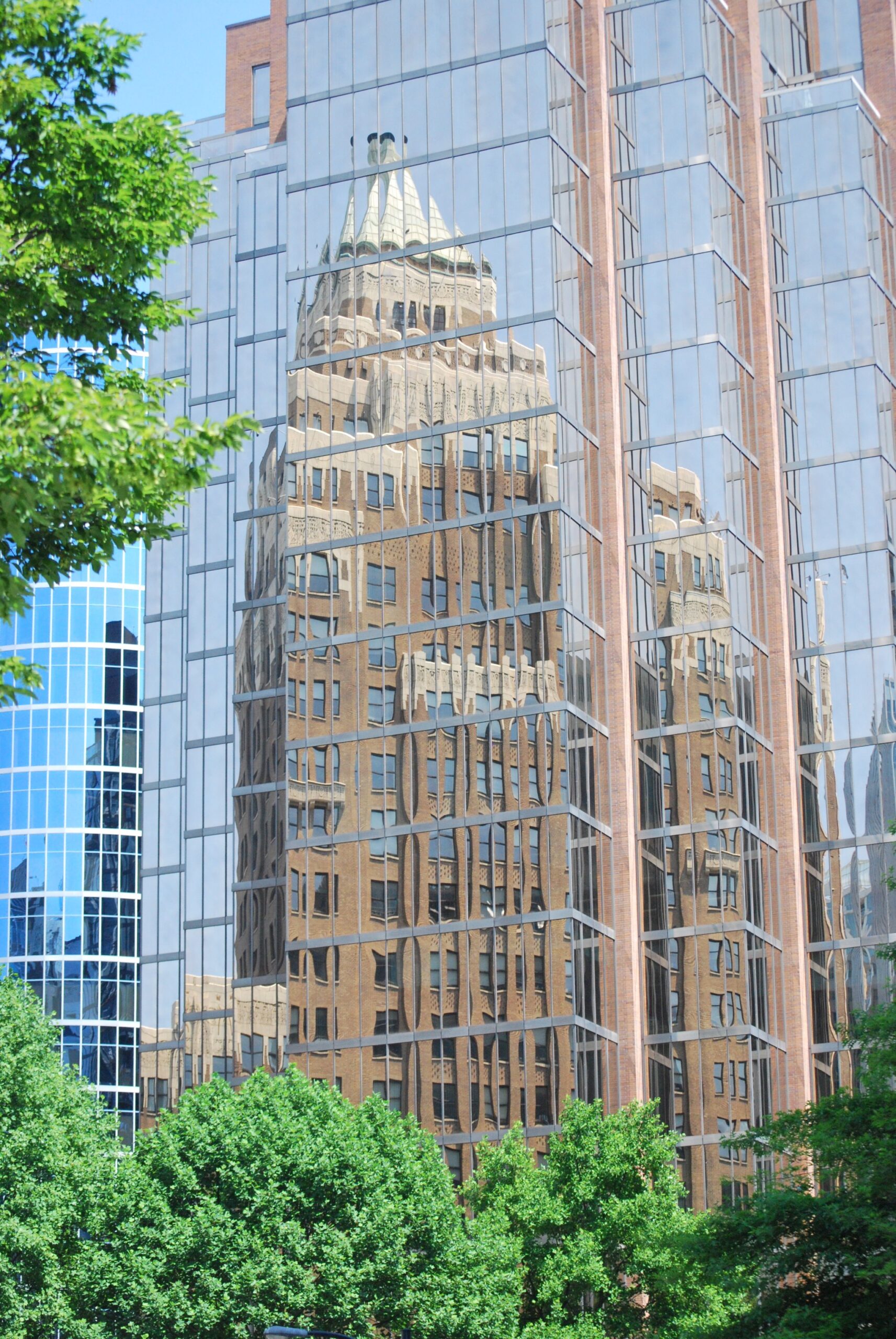
Technological innovation
This factor is closely related to the previous factor (competitive advantage) and the profit-focused factor (reduced expenses). Technological innovations will often yield increased productivity and can also reduce costs (technology replaces workers, thus leading to a reduction in workforce size). As we turn to the impact of this factor on the life and labor of the women we are studying, we find an immediate and dramatic impact on the Mill Girls. It is precisely because of the invention of powerful looms (and related technologies) that high production levels (and large profits) could be realized, at the expense of the health and welfare of women hired to run these machines. Borrowing from the milling technologies of England, Lowell and other Mill owners could compete successfully with British mills.
The good news is that this technology enabled these owners to recruit many women to run the looms. A livelihood was provided to many women (along with some men and children). The bad news is that the noise, fiber-ridden atmosphere, and hazardous conditions created by working with these poorly protected machines created unhealthy conditions for the Mill Girls. The other population we studied was rarely challenged by new technologies. While Fred Harvey did introduce some food-production technologies into his restaurants, they were not a threat to the women serving the food. The service-oriented wait-staff in a restaurant is rarely replaced by a machine!!
Establishing the “Line”
Accumulated wealth in a capitalistic society becomes the primary incentive for leaders to demonstrate their competence. Profitability becomes the primary criterion of success. It drives the search for increased revenues and reduced expenses. While accumulated wealth provides the economic means for the ongoing growth of an organization, it also provides owners of these organizations with income (from both wages and investments) that can be used for the creation and maintenance of an upper-class and upper-middle-class lifestyle. It goes even deeper. An important dynamic is operating in most capitalist-based societies. There is a self-reinforcing cycle of wealth and profit. It is all about what the two African American protagonists in The Help call the Line and what it means to “cross the line” (Stockett, 2009). The unequal distribution of income and wealth is reinforced by the Line drawn between social classes.
Differing perspectives are presented about the Line. On the one hand, the Line might be declared “unreal.” Like the concept of “Worth” the “Line” is what we now call an arbitrary social construction (Berger and Luckmann, 1967). On the other hand, it is equally as valid to declare that the Line is “real” because it is being applied and reinforced in our society (and many other societies). Like any social construction, the Line operates as if it is real and has actual consequences when ignored. The Line is drawn in the society portrayed in The Help between Blacks and Whites, between the rich and poor Whites, and between men and women. This Line allows for abuse and discrimination. It allows for radical violence when the line is crossed. With wealth, social status, gender, and melanin levels (skin color) comes external control. With external control comes the capacity to do violence and to segregate people.
The women we studied, like the maids portrayed in The Help, all lived in societies defined by many Lines. The control embedded in and reinforced by these lines allows those at the top (above the Line) to keep wages low. This discriminatory practice exists when workers (below the Line) have little access to political or economic leverage. At the level of economics, we find that two “lines” have been joined together and operate in a reciprocal cycle. The “bottom line” is reinforced by societal Lines.
The societal lines ensure that bottom-line profitability is in place. Those below the Line have little control over their wages. The low wages, in turn, produce reduced expenses. Higher profits follow for those living above the Line. Societal lines and bottom lines dance together to a capitalist tune. It is typically only the restraint offered by collective action (labor unions) and (more recently) government regulations and policies (such as minimum wage laws) that keep this dance (and the reciprocal cycle) from operating in an even more extreme and destructive manner.






